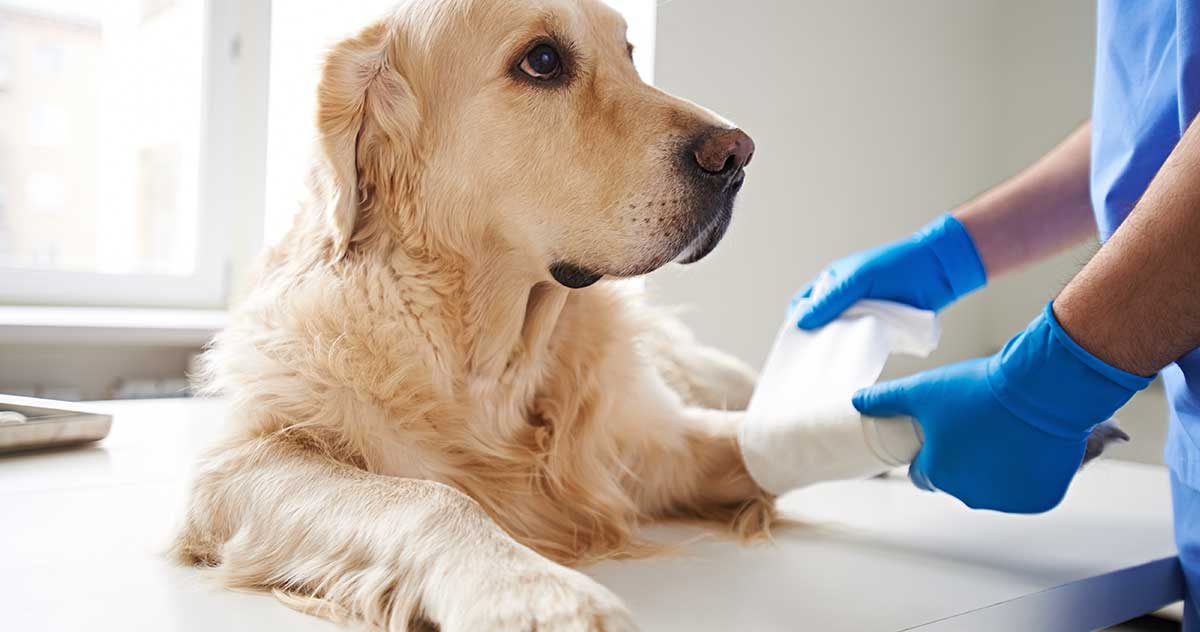Orthopaedic surgery in animals refers to the surgical repair of bone and joint problems, such as fractures, dislocations, and joint diseases. This type of surgery is generally performed by a veterinary surgeon and is used to correct musculoskeletal problems, improve mobility, reduce pain, and improve the quality of life for animals. It typically involves the use of implants, such as plates, screws, and wires, to stabilise a fracture or dislocation. It can also involve the use of techniques such as arthroscopic surgery, which is a minimally-invasive approach to repair joint issues.
Orthopaedic services for dogs
- Diagnostic imaging, including X-rays, ultrasounds, and CT scans
- Diagnostic and therapeutic arthroscopy
- Joint replacement surgery
- Spinal surgery
- Amputations
- Arthrodesis (fusion of joints)
- Tendon and ligament repairs
- Non-surgical therapies such as physical therapy, acupuncture, and laser therapy
- Orthotics and prosthetics
Orthopaedic services for cats
- X-rays and other imaging (CT scans, MRI scans, etc.)
- Orthopaedic surgery (fracture repair, joint relocation, tendon/ligament repair, etc.)
- Feline arthritis management (medication, supplements, physical therapy, etc.)
- Soft tissue injuries (sprains, strains, etc.)
- Joint/ligament injections (steroid injections, hyaluronic acid injections, etc.)
- Physical therapy (massage, hydrotherapy, low-impact exercises, etc.)
- Orthotics (splints, casts, braces, etc.)
- Nutritional support (nutraceuticals, supplements, etc.)
Orthopaedic surgery in cats vs. dogs
While there a more similarities, there are some important differences between how orthopaedic surgery is performed on cats versus dogs. For example, cats tend to require smaller incisions and have a shorter recovery time than dogs. Additionally, cats may require more specialised equipment and techniques to ensure a successful surgery. Ultimately, it’s important to speak with a veterinarian to determine the best course of action for your pet.
Benefits of orthopaedic surgery in animals
Orthopaedic surgery can provide a variety of benefits for animals, including improved mobility, increased comfort, and improved quality of life. In some cases, orthopaedic surgery can also reduce the risk of future injury or illness. Additionally, it can be used to repair broken bones, dislocated joints, torn ligaments, and other orthopaedic issues. Depending on the specific type of surgery, animals may also experience reduced inflammation and swelling, improved range of motion, and improved overall strength and conditioning.
Frequently asked questions
- What are typical orthopaedic issues in animals?
Typical orthopaedic issues in animals can include joint and bone problems such as fractures, arthritis, hip dysplasia, luxating patellas, and cruciate ligament tears. Other issues can include spinal cord trauma, spinal disc disease, and bone cancer. It’s important to take your pet to the vet for regular check-ups to ensure they stay healthy and to catch any issues early.
- How does orthopaedic surgery benefit animals with hip issues?
Orthopaedic surgery can be incredibly beneficial for animals with hip issues. It can help to improve mobility, reduce pain, and increase quality of life for animals. During the surgery, a veterinarian can repair or replace a damaged hip joint, allowing the animal to enjoy a more comfortable and active lifestyle. Additionally, the surgery can help to reduce the risk of further damage to the joint or surrounding muscle tissue. In some cases, orthopaedic surgery can even provide a permanent solution to the issue, allowing the animal to live out the rest of their life without pain or discomfort.
- How does spinal surgery help pets?
Spinal surgery can be a great help to pets suffering from a wide range of conditions. It can help to relieve pain, improve mobility, and improve quality of life. Depending on the condition, spinal surgery can help by repairing damaged bones, tendons, and ligaments, or by relieving pressure on the spinal cord. It can also help to address conditions such as intervertebral disc disease, spinal tumours, and spinal fractures.
- How long does recovery after orthopaedic surgery in animals take?
After orthopaedic surgery, the recovery time for animals can vary significantly depending on the type of surgery and the animal’s overall health. Generally, the recovery period can last anywhere from a few weeks to several months. It is important to follow the veterinarian’s instructions for aftercare, including any medications, activity restrictions, and follow-up appointments. Keeping your pet’s environment clean and comfortable can also help them in their recovery process.
- How does a veterinarian assist animals after surgery?
After surgery, a veterinarian will monitor the animal’s recovery process and provide supportive care. This could include administering pain medications, antibiotics, and other medications as needed. The veterinarian may also provide nutritional support, including fluids, special diets, and supplements. They will also check the animal’s vital signs, such as temperature, heart rate, and respiration. The veterinarian will also likely provide follow-up care and advice on proper aftercare to ensure that the animal heals properly.

